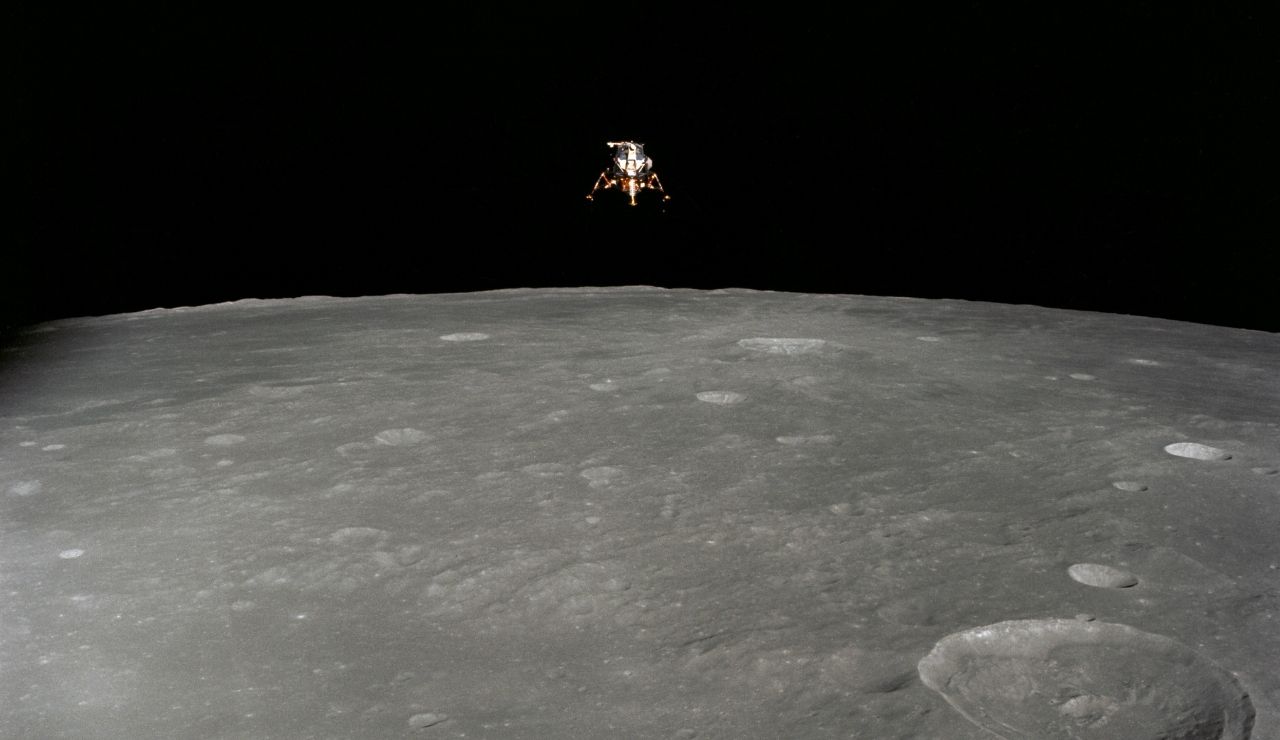When Neil Armstrong stepped onto the moon in 1969, it marked a moment that redefined exploration. Yet even now, some parts of the mission feel too perfect to believe. Shadows, flags, and smooth broadcasts still raise eyebrows. But science and physics explain each detail. These facts might seem staged at first, but they show how real and groundbreaking the moon landing truly was.
1. The Flag Appeared To Be Waving
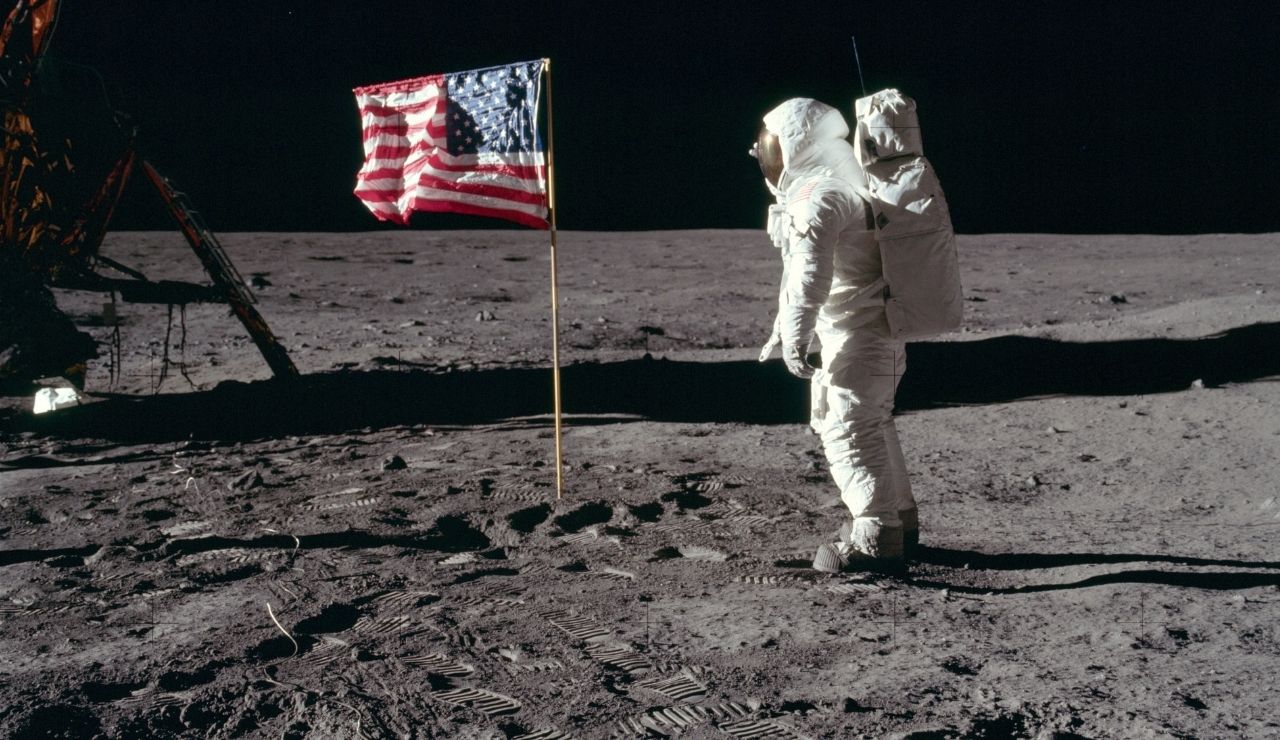
In videos and photos, the American flag looks like it’s fluttering. Since there’s no wind on the moon, many people assume it was staged. In truth, NASA used a horizontal rod to hold it out. When astronauts twisted the pole into the ground, the motion caused ripples. With no air resistance to flatten it, the folds stayed in place, making it look like the flag was blowing.
2. The Footprints Look Too Perfect
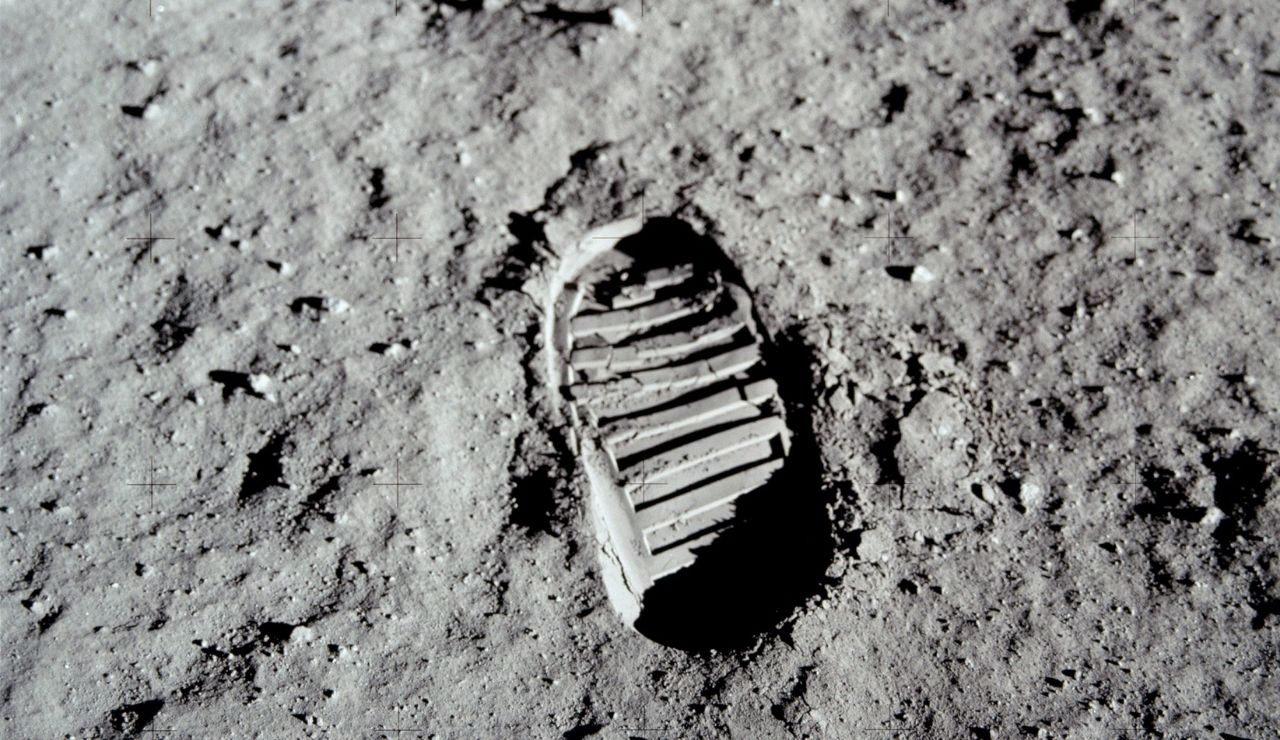
Lunar dust is soft, fine, and dry. Because the moon has no wind or moisture, footprints stayed crisp and deep. Every step pressed cleanly into the surface and stayed untouched. Nothing eroded the marks. On Earth, air or rain would quickly blur such shapes, but the moon’s conditions let those footprints remain frozen in place, as if stamped into powder.
3. The Moon Lander Looks Too Fragile
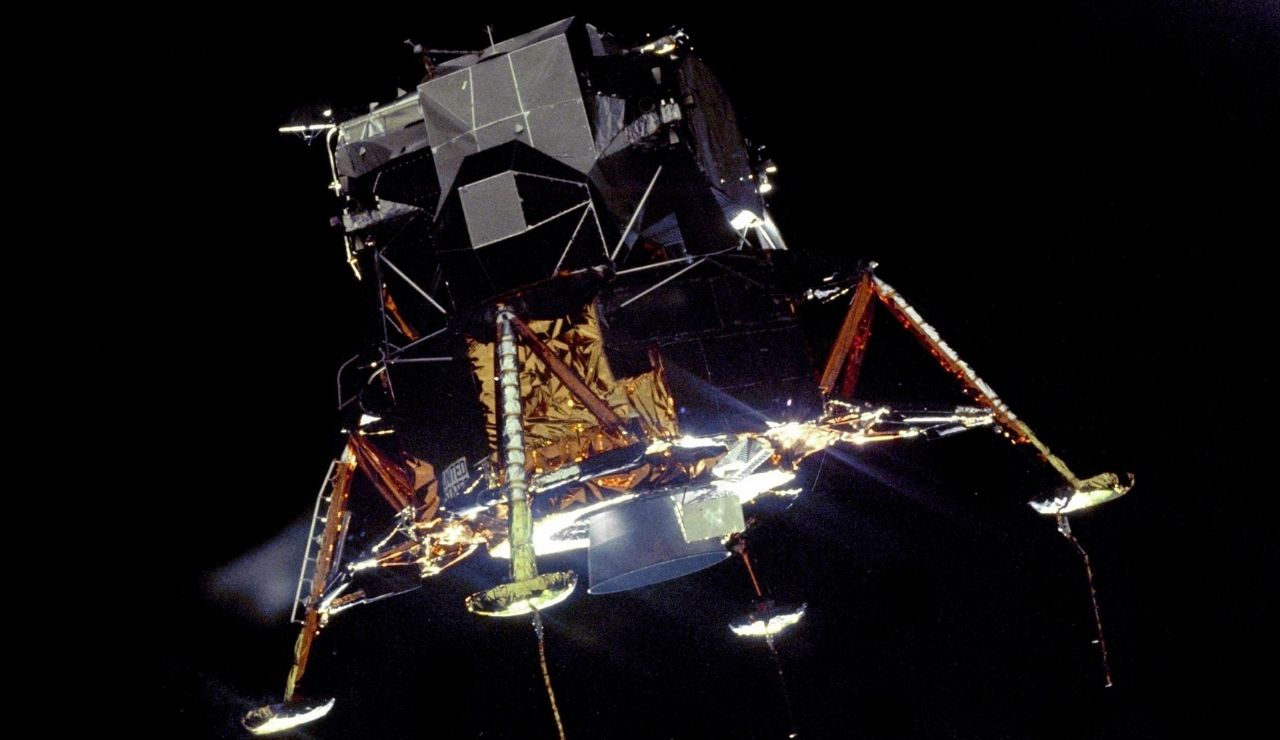
The lunar module looks too delicate to survive space. Thin foil, exposed tubing, and odd shapes make it seem like a movie prop. But NASA engineers built it for one job—landing in low gravity. They didn’t add extra weight or shielding for looks. That shiny foil was thermal insulation, not armor. The design focused entirely on function, not appearance.
4. The Astronauts’ Suits Stayed Cool
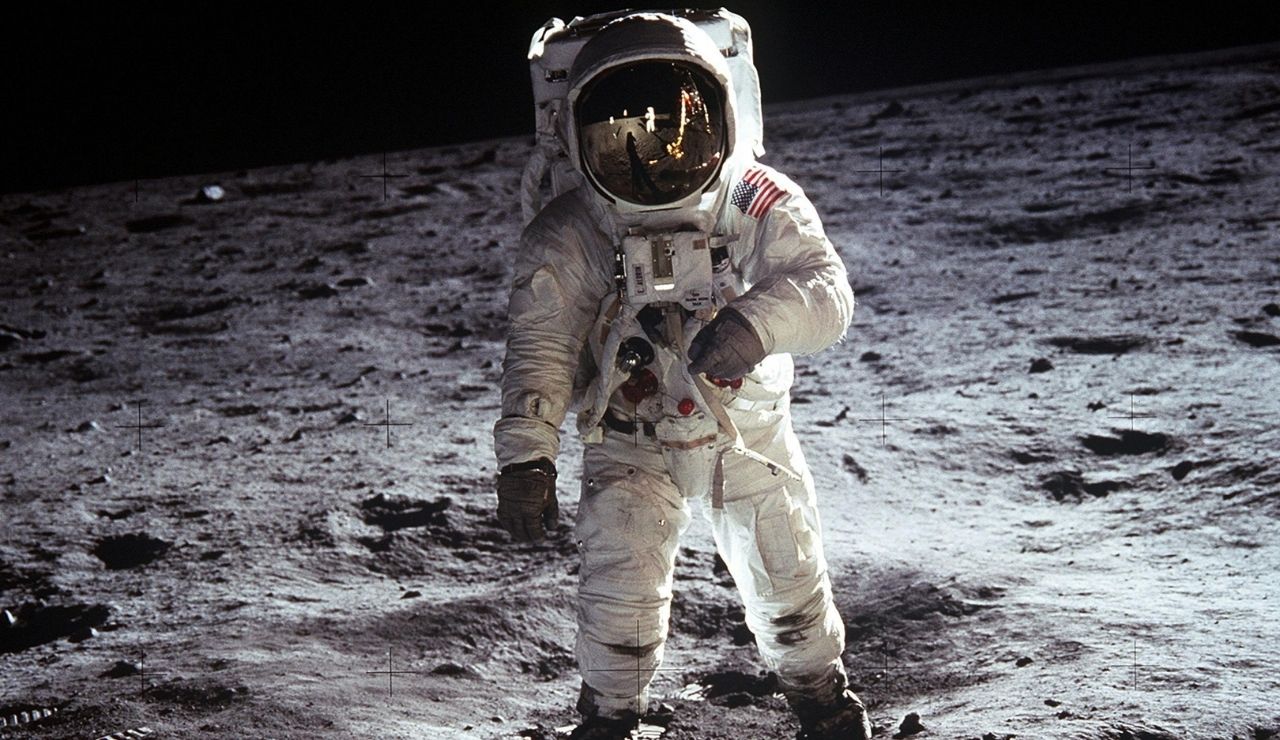
Walking on the moon exposed astronauts to extreme heat, yet their suits kept them cool. That may sound unrealistic, but each suit had a thermal control system with water tubes and a backpack that regulated temperature. NASA engineers created this tech to protect the body from direct solar radiation. What sounds like science fiction was actually a carefully engineered solution.
5. The Lunar Rover Worked Perfectly
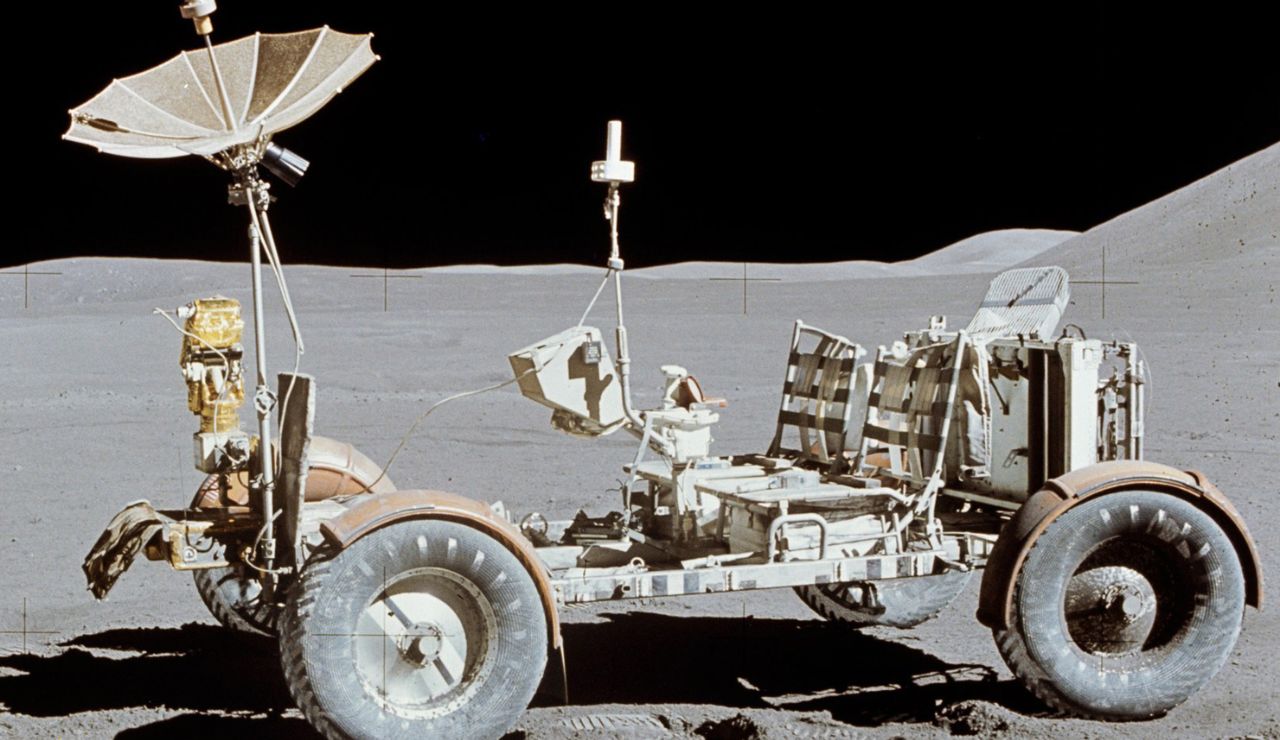
The lunar rover looked like a fold-up lawn chair, but it worked flawlessly on the moon’s surface. It used electric motors, not gas, and was designed to handle fine dust and rocky terrain. Astronauts unfolded it by hand and drove it without trouble. Many doubt a car could work in such conditions, but NASA tested the design under intense simulations before launch.
6. The Return Capsule Landed on Target
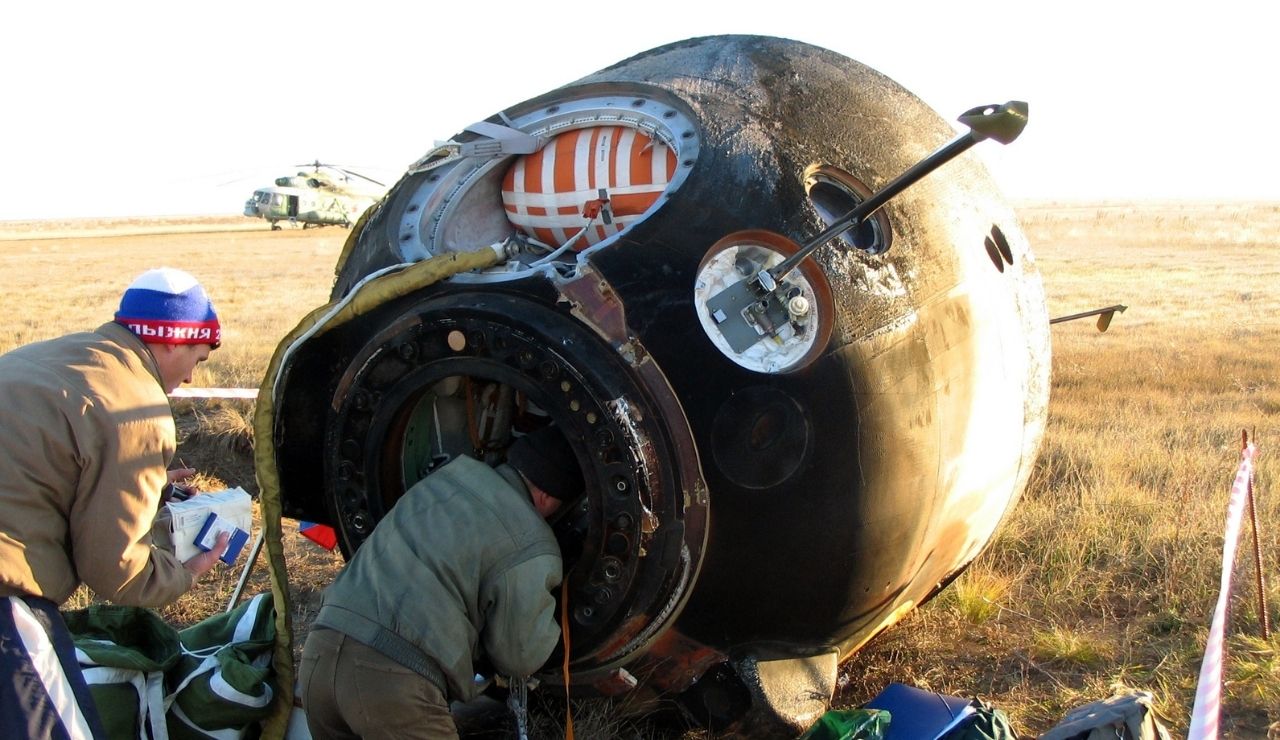
The command module splashed down in the Pacific Ocean within a tight zone, which seems unlikely without GPS. In reality, NASA used detailed math, timing, and tracking stations across Earth to guide reentry. Recovery teams were already waiting. It feels too perfect to be true, but this level of precision came from years of planning, not digital navigation.
